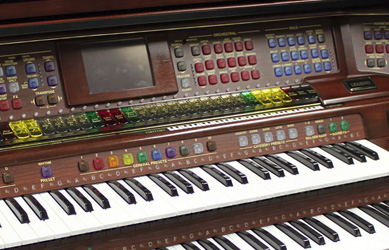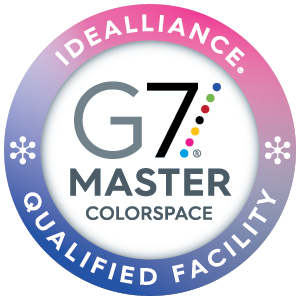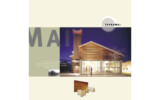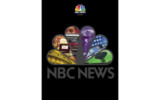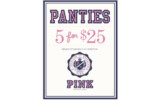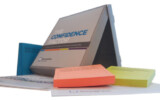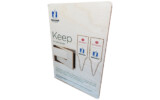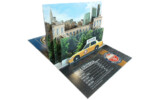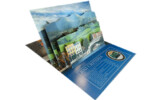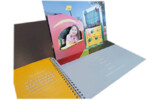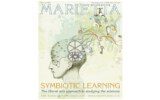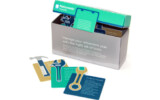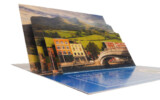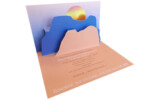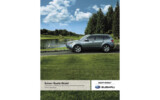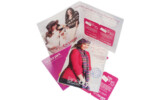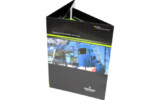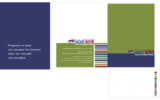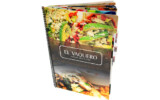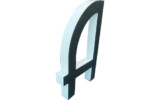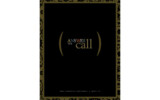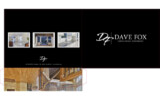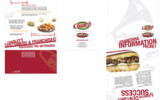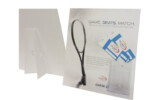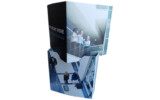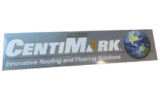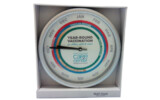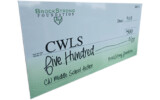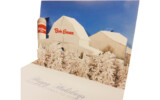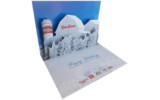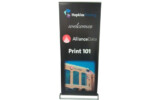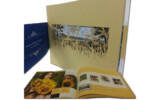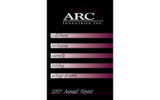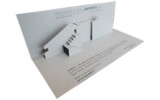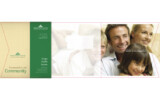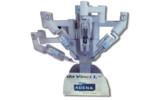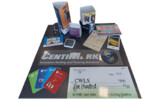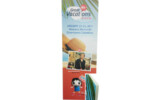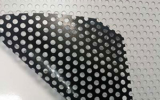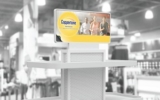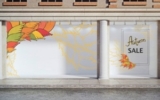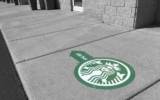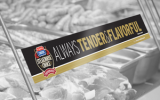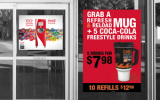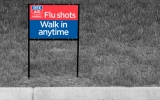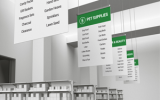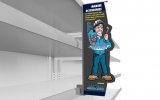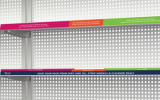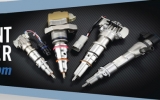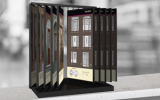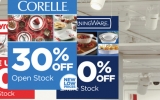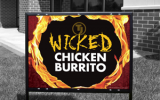Graphic Overlays
Consumers frequently utilize a visual overlay while interacting with items. Graphic overlays are printed materials designed for installation on top of, or in front of, another object or form of signage. These types of graphics can be transparent or opaque, depending on usage, exterior lighting, or backlighting. Unlike many forms of signage, which are designed first and foremost to attract attention, graphic overlays can serve a multitude of purposes.
When graphic overlays are printed, clients have an option of two styles. The first type prints on the front of the substrate (1st surface) while the second prints on the backside of the substrate (2nd surface). The advantage of 2nd surface printing is that the material acts as additional protection because the ink isn’t exposed. Since the printed display is hidden by a layer of substrate material, it will degrade far more slowly to wear & tear and weather conditions.
Common Overlay Uses
Membrane switch overlays are the most common overlay graphic. Membrane overlays are semi-rigid plastic overlays with printed images that go over the top of buttons or displays. The overlays provide instructions, context, and style to the machinery and circuitry underneath them while also protecting them. These sorts of overlays are most often found on appliances, tools, or equipment with buttons or power. This makes graphic overlays an ideal form of instructional signage. Their ability to be selectively transparent or have window cutouts can make them compatible next to LED screens or on a wide array of different color surfaces.
Common uses for graphic overlays include:
Visual improvements: Used to cover up an unattractive area or add panache to an empty space such as borders to an digital screen.
Membrane switch overlays: Used to identify button and lever functions on a control panel.
Provide additional information: Can be placed over a traditional display to add details such as price and more product data. These can be made removable to allow frequent changes on an otherwise permanent sign.
Graphic Overlay Materials
Graphic overlays can be printed on a variety of materials, including PVC vinyl, PETG, Acrylic, and polystyrene. Two of the more common options include:
Lexan (polycarbonate): Material that is easy to die-cut, print and customize. The substance is extremely durable, typically only starting to show wear after 100,000 actuation. This material is transparent in most common applications, regardless of thickness. An affordable graphic base, should be covered with protection in any area exposed to chemicals.
Mylar (polyester): A thin and hardy material, Mylar does not show any signs of wear, even after 100,000 actuation. While this material can be pricey, it holds up exceptionally well in harsh environments, including areas with hazardous chemicals present.
Custom Graphics With Hopkins Printing
When choosing a partner to create graphic overlay signage, trust Hopkins Printing. We have 60 years of experience and we are constantly upgrading our printing technology to keep pace with the latest trends and innovations. This has allowed us to expand our capabilities in printing with high precision and color quality, taking full advantage of digital printing technology and the advantages that screen printing offers for your next overlay project.
Contact Hopkins Printing today for high-quality, long-lasting, and versatile graphic overlay signage.
Constructed most commonly using: Lexan, polycarbonate, Mylar, polyester (PET), pressure-sensitive adhesive backed PVC vinyl film, polystyrene
Overlays are also known as: Membrane switch overlay, lens, printed overlay, cover

